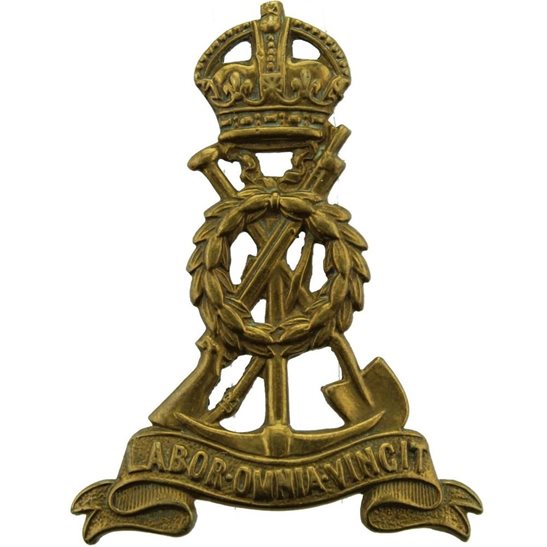Personal Details
Born: In 1877 in Whitchurch, Shropshire and baptised on 24 October 1877 at St. Alkmund`s Parish Church, Whitchurch.
Family: He was the seventh of ten children born to Henry Bennion, a grocer and shoemaker, and his wife Margaret Ellen, nee Badreck. No marriage can be found for him.
Residence: From the time of his baptism in 1877 until 1891 he resided in Claypit Street, Whitchurch, Shropshire. By 1901 he was working and living at Terrick Hall Stables, Whitchurch but in 1911 and 1919 his address was given as 13 Claypit Street Terrace, where he was living with his widowed mother and brother, Alfred.
Employment: In 1901 his occupation was that of a groom and some ten years later he was working as a coachman.
Died: Quarter 2 1920 in Whitchurch, Shropshire.
Military Details
Regiment: Labour Corps (previously King`s Shropshire Light Infantry)
Rank: Private
Service Number: 641877 (previously 25236)
Date of Enlistment: Not known
Date of Discharge: Not known
Reason for Discharge: Not known
Medals: Victory and British War
Other Information: George’s brother, Charles Herbert Bennion, also served in WW1.
George was awarded the Campaign Medals (British War Medal and Victory Medal).

The British War Medal (also known as 'Squeak') was a silver or bronze medal awarded to officers and men of the British and Imperial Forces who either entered a theatre of war or entered service overseas between 5th August 1914 and 11th November 1918 inclusive. This was later extended to services in Russia, Siberia and some other areas in 1919 and 1920. Approximately 6.5 million British War Medals were issued. Approximately 6.4 million of these were the silver versions of this medal. Around 110,000 of a bronze version were issued mainly to Chinese, Maltese and Indian Labour Corps. The front (obv or obverse) of the medal depicts the head of George V. The recipient's service number, rank, name and unit was impressed on the rim.
The Allied Victory Medal (also known as 'Wilfred') was issued by each of the allies. It was decided that each of the allies should each issue their own bronze victory medal with a similar design, similar equivalent wording and identical ribbon. The British medal was designed by W. McMillan. The front depicts a winged classical figure representing victory. Approximately 5.7 million victory medals were issued. Interestingly, eligibility for this medal was more restrictive and not everyone who received the British War Medal ('Squeak') also received the Victory Medal ('Wilfred'). However, in general, all recipients of 'Wilfred' also received 'Squeak' and all recipients of The 1914 Star or The 1914/1915 Star (also known as 'Pip') also received both 'Squeak' and 'Wilfred'. The recipient's service number, rank, name and unit was impressed on the rim.

